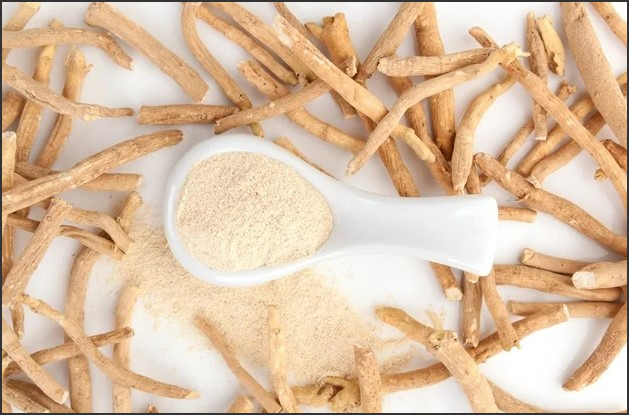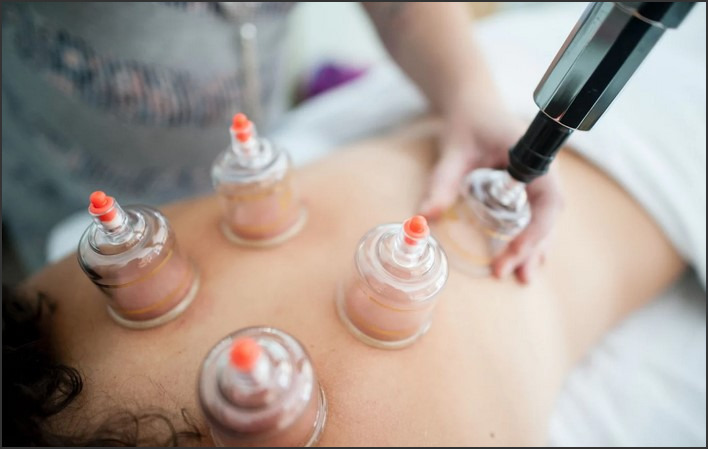
Maintaining optimal health is a priority for many people, and the growing interest in natural solutions has led to an increasing number of individuals turning to Natural Supplements for Health as part of their daily routines. With the vast array of supplements available, it can be challenging to determine which ones provide the most benefits. The right natural supplements can help fill nutritional gaps, improve overall well-being, boost energy levels, enhance immunity, and support mental clarity. In this article, we will explore some of the top natural supplements that offer a variety of health benefits and can be easily incorporated into daily life for a healthier, more vibrant lifestyle.
Why Choose Natural Supplements for Health?
Natural supplements are derived from plants, herbs, vitamins, minerals, and other naturally occurring substances. Unlike synthetic supplements, which are often manufactured through chemical processes, natural supplements are typically free from artificial additives, preservatives, and colors, making them a preferable option for those looking to support their health in the most natural way possible.
The appeal of Natural Supplements for Health lies in their ability to enhance well-being by supporting the body’s natural functions. Whether you are looking to improve immune function, support mental health, or increase your energy, natural supplements can be a powerful addition to your daily regimen. However, it’s important to note that supplements should complement a healthy diet and lifestyle, not replace them.
Let’s take a closer look at some of the best natural supplements for boosting your health.
Top Natural Supplements for Daily Health
1. Vitamin D: The Sunshine Vitamin
Vitamin D is essential for maintaining strong bones and a healthy immune system. This fat-soluble vitamin helps the body absorb calcium, which is crucial for bone health, and plays a role in reducing inflammation. It is also vital for the proper functioning of the muscles, nervous system, and immune cells.
While sunlight is a natural source of vitamin D, many people do not get enough exposure, especially in regions with long winters or for those who spend a lot of time indoors. As a result, vitamin D deficiency is common, leading to various health issues such as weak bones, increased risk of infections, and even mood disorders.
Recommended Dosage: 600-800 IU per day, though higher doses may be recommended depending on your individual needs and current levels. It’s always best to consult with a healthcare provider before starting supplementation.
2. Omega-3 Fatty Acids: Heart and Brain Health
Omega-3 fatty acids, particularly EPA and DHA, are crucial for heart health, brain function, and reducing inflammation. These healthy fats can help lower the risk of chronic diseases such as heart disease, stroke, and even depression. Omega-3s are predominantly found in fatty fish like salmon, mackerel, and sardines, but if you’re not a fan of seafood, supplements like fish oil or algae oil can provide a convenient alternative.
Studies have shown that omega-3 supplementation can help improve cholesterol levels, reduce blood pressure, and support cognitive function. These benefits make omega-3s an essential supplement for daily health maintenance, especially for those looking to support cardiovascular and brain health.
Recommended Dosage: 1,000-2,000 mg of combined EPA and DHA per day, depending on your health needs.
3. Probiotics: Gut Health and Immunity
Probiotics are live beneficial bacteria that support digestive health and help maintain a balanced gut microbiome. These “good” bacteria are vital for healthy digestion, immune function, and even mental well-being. A balanced gut microbiome can improve the body’s ability to digest food, absorb nutrients, and protect against harmful bacteria and viruses.
Beyond digestive health, recent research has highlighted the connection between gut health and mental health, suggesting that probiotics may play a role in alleviating anxiety and depression. Regular probiotic supplementation can help restore gut balance, particularly after disruptions caused by antibiotics, poor diet, or stress.
Recommended Dosage: 10-20 billion CFUs (colony-forming units) per day, though this may vary depending on the type of probiotic strain used.
4. Magnesium: The Relaxation Mineral
Magnesium is a mineral that is involved in over 300 biochemical reactions in the body, making it essential for numerous functions, including muscle relaxation, nerve function, energy production, and bone health. Unfortunately, magnesium deficiency is common, as it’s often depleted due to stress, poor dietary choices, and certain medications.
This mineral has been shown to help reduce muscle cramps, improve sleep quality, and relieve anxiety. Additionally, magnesium is beneficial for heart health, as it helps regulate blood pressure and supports the cardiovascular system.
Recommended Dosage: 200-400 mg per day, preferably taken in the evening to promote relaxation and better sleep.
5. Ashwagandha: Stress Reduction and Adaptogen Power
Ashwagandha is an adaptogenic herb that has been used for centuries in traditional medicine, particularly in Ayurvedic practices. Known for its ability to reduce stress and anxiety, ashwagandha helps the body adapt to stressors, balance cortisol levels, and improve overall resilience. It is also known to support energy levels, reduce fatigue, and enhance cognitive function.
This powerful herb has been linked to improvements in mood, focus, and sleep quality, making it an excellent supplement for those facing daily stress or mental exhaustion.
Recommended Dosage: 300-500 mg of standardized extract per day, usually taken in the evening to help with stress relief.
6. Turmeric (Curcumin): Anti-Inflammatory and Antioxidant Benefits
Turmeric, and its active compound curcumin, is widely recognized for its powerful anti-inflammatory and antioxidant properties. It has been shown to help reduce chronic inflammation in the body, which is linked to a range of conditions such as arthritis, heart disease, and even cancer. Curcumin also supports brain health by increasing levels of brain-derived neurotrophic factor (BDNF), a protein that plays a crucial role in cognitive function.
Turmeric supplements often come with black pepper extract (piperine) to enhance the absorption of curcumin, as it is not easily absorbed on its own.
Recommended Dosage: 500-1,000 mg of curcumin per day, ideally taken with meals to improve absorption.
Natural supplements for health offer a variety of benefits that can support overall well-being. Whether you are looking to boost energy levels, improve gut health, reduce stress, or protect your heart, the supplements discussed in this article can provide significant health benefits. Incorporating them into your daily routine, alongside a balanced diet and regular exercise, can help you maintain a healthy lifestyle.
However, it’s important to remember that supplements are not a substitute for a healthy lifestyle, and you should always consult with a healthcare professional before starting any new supplement, especially if you have pre-existing health conditions or are taking other medications. By choosing the right natural supplements and combining them with healthy habits, you can optimize your health and enjoy a higher quality of life.

